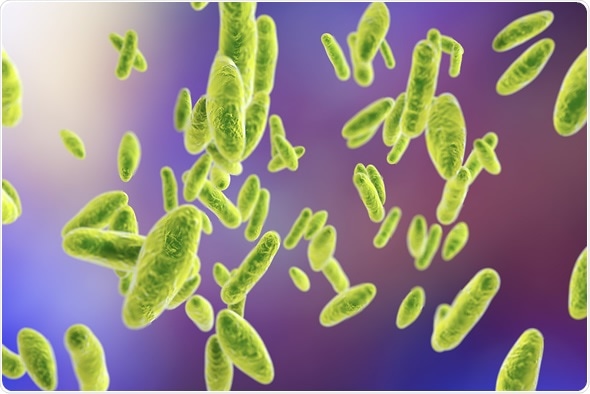Brucellosis (Undulant Fever)
Report a Case
Disease Reporting Line:
(808) 586-4586
Signs and Symptoms
Fever, sweating, headaches, back pain, and physical weakness. Severe infections of the brain and spinal cord or lining of the heart may occur. Brucella can cause long lasting (chronic) symptoms that include repeated fevers, joint pains, and fatigue. Symptoms usually begin 5–60 days after exposure.
Diagnosis
Diagnosis includes:
- Microscopic isolation of bacteria from blood, bone marrow, or other tissues
- Isolation by blood or serum, using Polymerase Chain Reaction (PCR) testing
Treatment
Use of antibiotics, combination of Doxycycline and Rifampicin or Streptomycin
Risk in Hawaii
The risk is very low in Hawaii, however there is some risk as people with hunting and wild animal control are at highest risk for infection.
Prevention
Do not drink unpasteurized milk or consume dairy products made from raw milk. Avoid contact with tissues, blood, urine, and aborted fetuses from infected animals. Persons with immune system have the highest risk for infection.
Information for Clinicians
Brucellosis is a reportable disease Hawaii Administrative Rules Title 11 Chapter 156, Communicable Diseases, under the Urgent category which requires a report by telephone to the Disease Outbreak Control Division on Oahu or to the District Health Offices on the neighbor islands as soon as a provisional diagnosis has been established. The telephone report shall be followed by a written report submitted by mail or fax within three days to Disease Outbreak Control Division on Oahu or to the District Health Offices on the neighbor islands.
For additional diagnosis and treatment information see the Clinical Overview of Brucellosis | CDC.
Last reviewed October 2024


